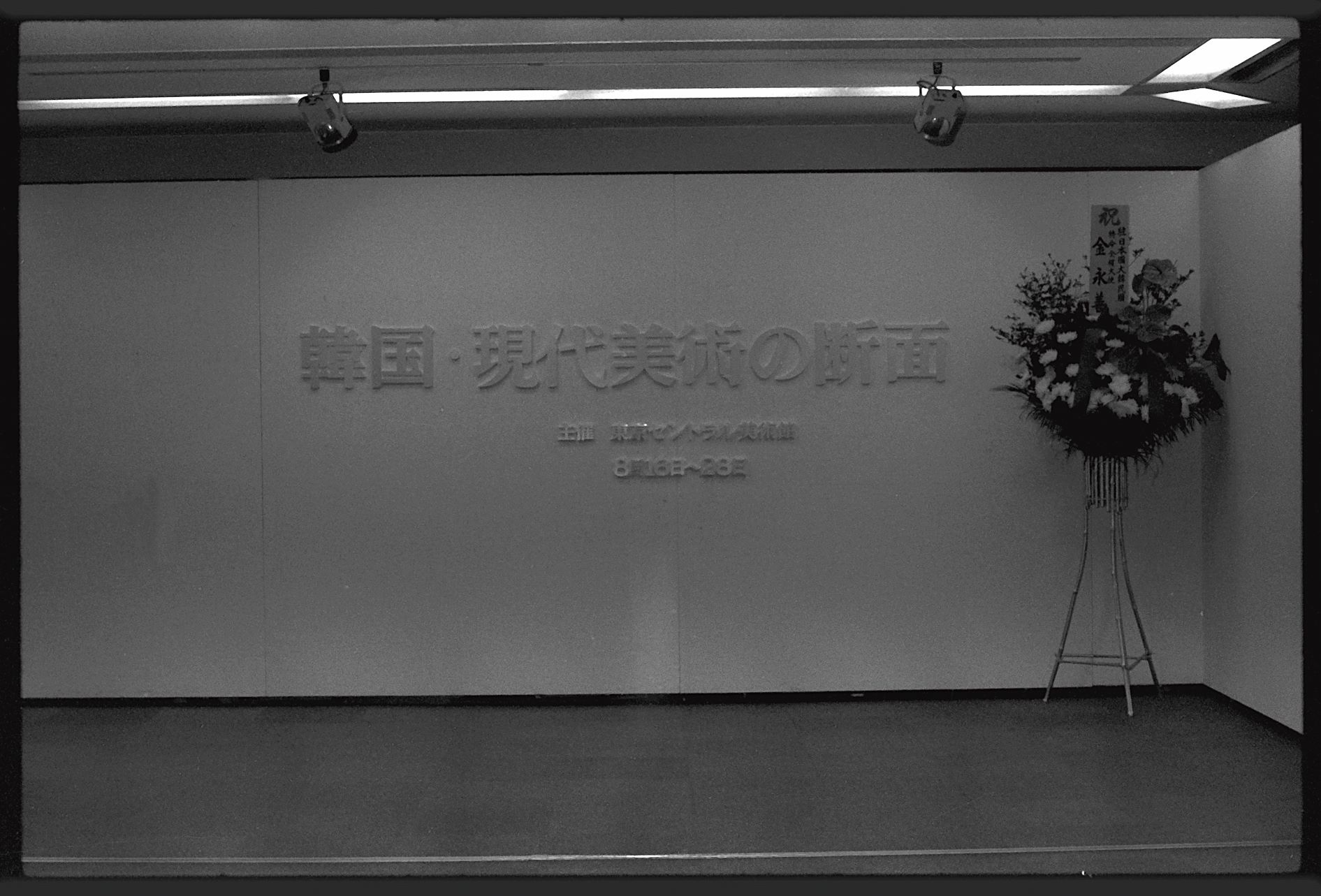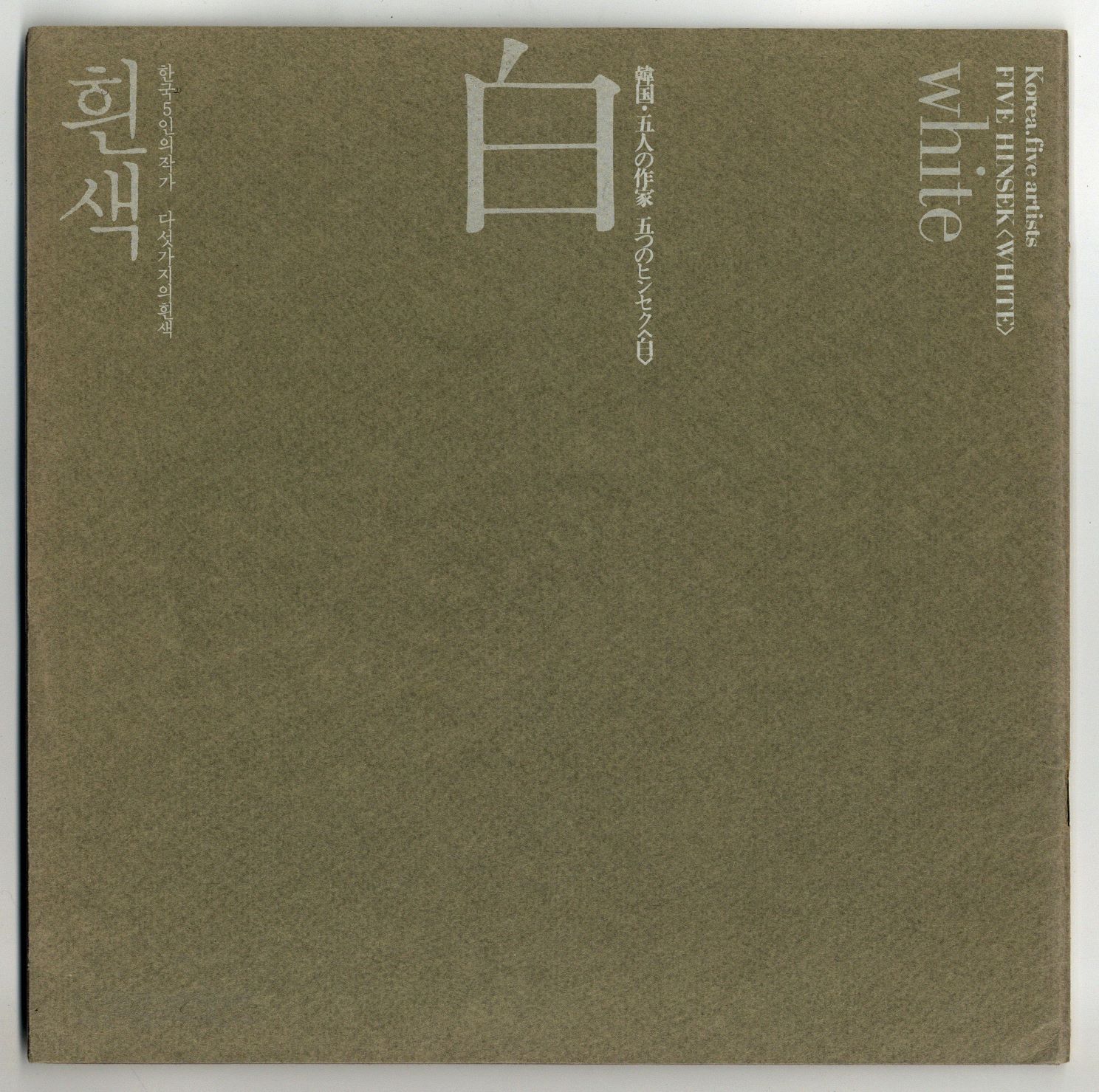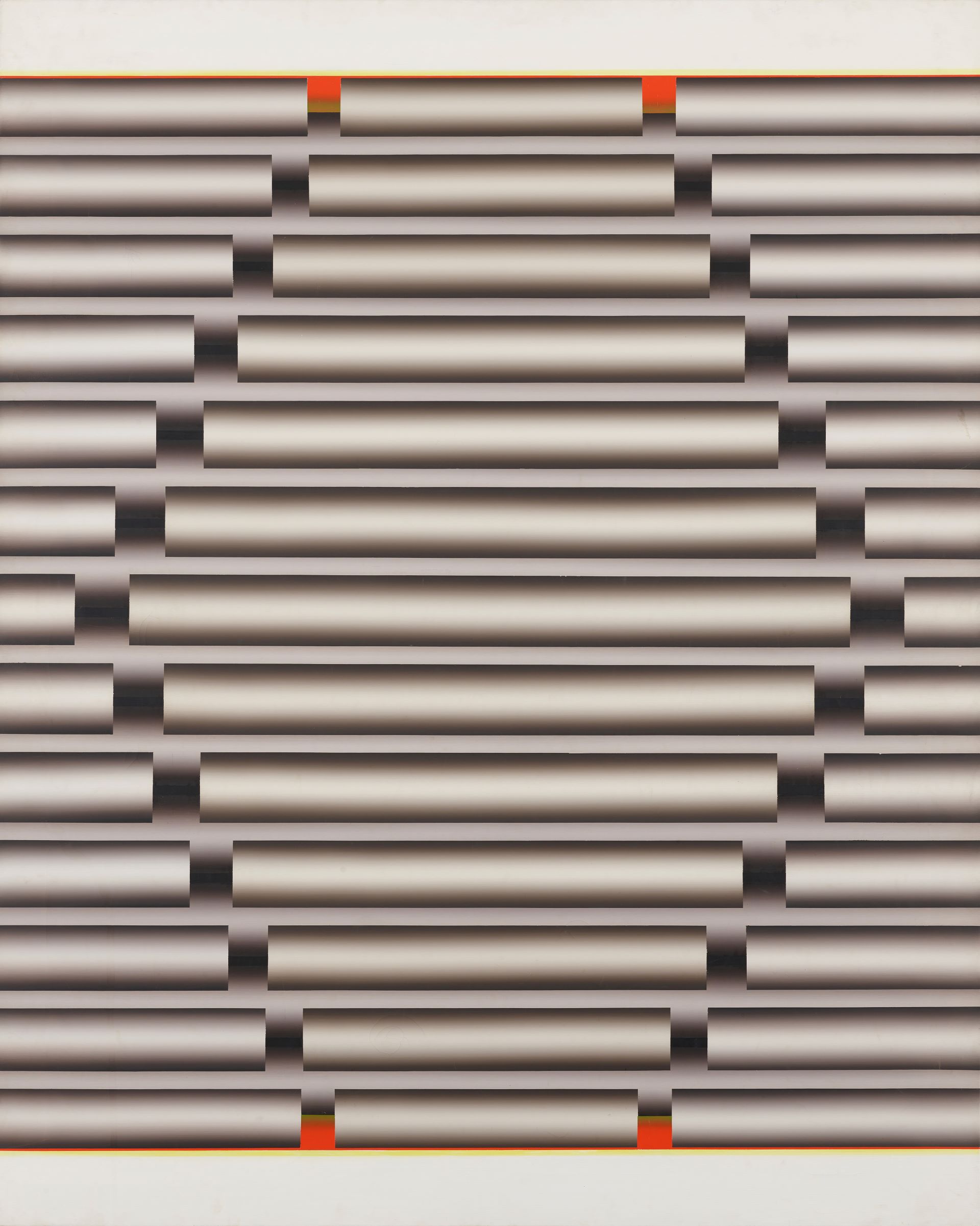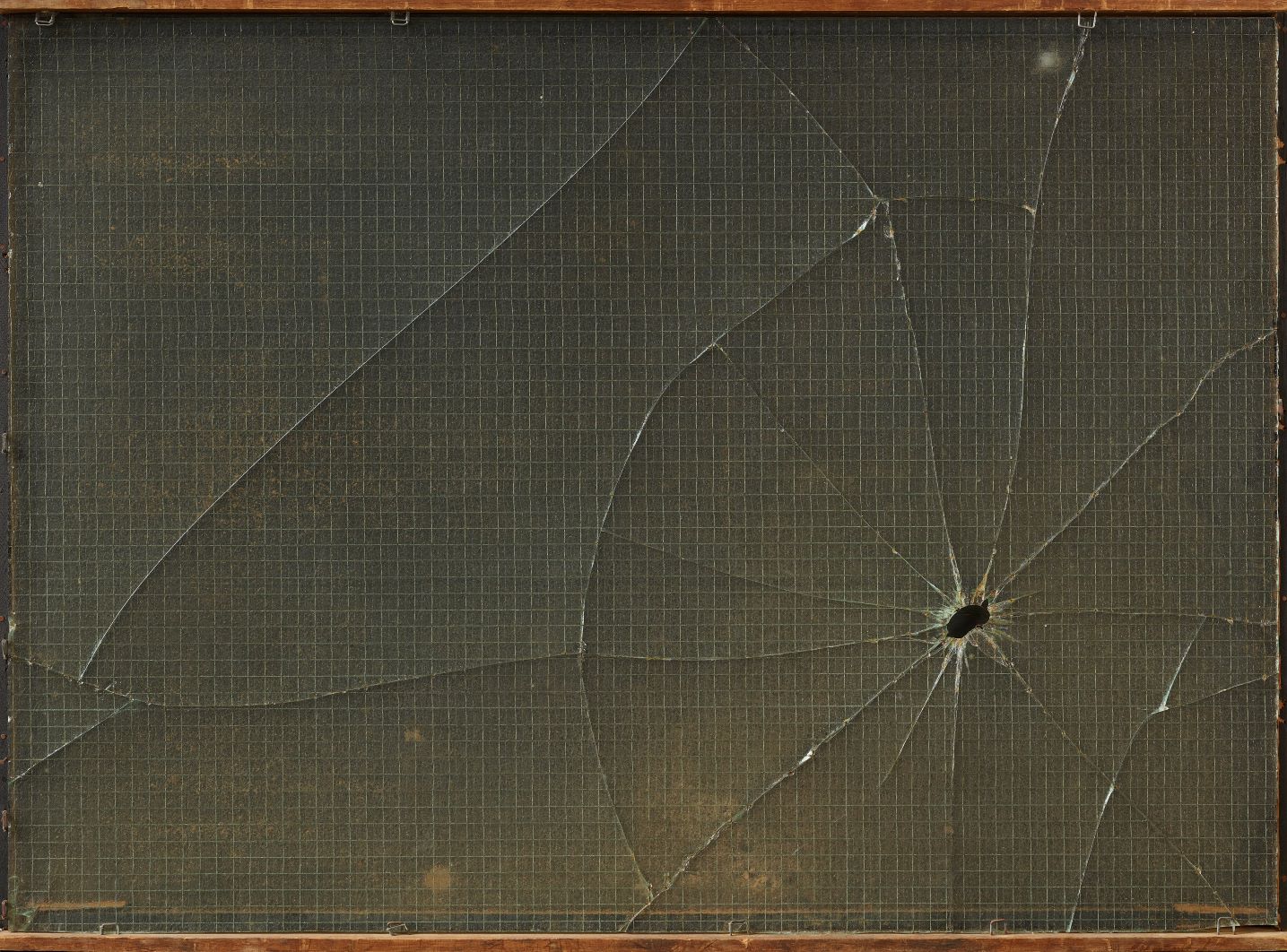
Korea: Facet of Contemporary Art (1977. 8. 16. - 8. 28, Tokyo Central Art Museum) Exhibition view, Digital Image, MMCA Art Research Center Collection, Gift of Tokyo Gallery
Korea: Facet of Contemporary Art
* Source: MMCA
Related
-

Park Seo-Bo
Park Seo-Bo(1931-2023, real name Park Jaehong) belongs to the first generation of artists who received art education in Korea after Korea’s liberation from Japan. He was a leading figure in Art Informel and Dansaekhwa. He was born in Yecheon, Gyeongsangbuk-do Province. He majored in Western painting in the College of Fine arts at Hongik University and graduated in 1955. He served as a professor at Hongik University and the board president of the Korean Fine Arts Association (Hanguk misul hyeophoe). Park made his debut as a painter in 1956 through the Four Artists Exhibition that declared resistance to the National Art Exhibition and the established generation. After presenting abstract expressionist work completely different from the established art at the third Hyundae Fine Artists Association exhibition in 1958, he led the Art Informel movement until the mid-1960s. In the 1970s, he headed large-scale special exhibitions, including Independants, the Seoul Contemporary Art Festival, Ecole de Séoul, and Korea: Facet of Contemporary Art. He also played a key role in establishing “Dansaekhwa” as a style of Korean painting in the 1970s. His oeuvre can be divided into three periods. The first period (late 1950s–mid 1960s) is referred to as the Art Informel period, during which Park depicted the post-war situation with distorted and deconstructed human forms, dark colors, and rough matière, particularly in the Primordials series. During the second period (late 1960s–early 1970s), he focused on the modernization of tradition, presenting optical and geometric abstraction with five colors representing the five cardinal directions as the dominant compositional element under the thesis of hereditarus. During the third period (1970s–2023), which is known as the period of monochrome painting, he presented the Ecriture series, in which performance was fundamental to his creation. The Ecriture series can be divided into two periods: before and after year 1982. In the former period, Park repeatedly applied milky oil paint to a canvas and before it dried, drew lines with a pencil or a tool with a sharp tip, thus leaving traces of this act on the canvas. In the latter period, he used water-based paints instead of oil-based paints in an effort to more directly capture his emotions with bright hues inspired by the colors of nature. Until his death, he sought to build the identity of Korean art through various methodologies within a single thesis of ecriture and elevated Dansaekhwa to an international level.
-

Yun Hyongkeun
Yun Hyongkeun(1928-2007) was a prominent Dansaekhwa artist. He was born in Cheongju, Chungcheongbuk-do Province. In 1947, he enrolled in the College of Fine Arts of Seoul National University but was expelled because of his participation in the demonstration against the nationalization of Gyeongseong Imperial University (later Seoul National University). In 1954, he transferred to the College of Fine Arts at Hongik University and graduated in 1957. After graduation, he taught at Cheongju Girls’ High School and Sookmyung Girls’ High School. However, he suffered hardships due to his criticism of social irregularities. Yun had steadily engaged in creating artworks since the 1960s. He held his first solo exhibition at the Press Center of Korea Gallery in 1966 and took part in the São Paulo Biennale in 1969. He began working as a full-time artist in the early 1970s when he was in his mid-40s. Starting with a solo exhibition at Myeong-dong Gallery in 1973, he held solo exhibitions almost every year until he was invited to become a professor at Kyung Hee University in 1984. He was also invited to join major domestic and international special exhibitions, which helped him establish himself as a leading Korean monochrome painter. Among noteworthy special exhibitions in which Yun participated are the second Independants and the first Seoul Contemporary Art Festival in 1974, Korea: Facet of Contemporary Art held at the Tokyo Central Art Museum in Japan in August 1977, Korea: The Trend for the Past 20 Years of Contemporary Arts held in November 1978, the second Paris International Contemporary Art Fair in 1978, The Status of Contemporary Korean Art held at the Kyoto Municipal Museum of Art in Japan in 1982, and the Korean Contemporary Art Exhibition: An Aspect of the Late 1970s that traveled throughout Japan in 1983. Yun’s Burnt Umber & Ultramarine series is visually based on the effect of ink smearing on traditional Korean paper. Burnt umber & ultramarine is a mixture of blue representing the sky and dark brown symbolizing earth. The contrast between such work by Yun and milky-white color used by his contemporary Park Seo-bo in the Ericture series provides a significant basis for reconsidering the commonly held view of Dansaekhwa as “white”-centered painting or as painting “discovered by the Japanese.” After the encounter with Donald Judd in 1991, Yun’s work became more simplified and emphasized geometric shapes in place of the smearing effect, giving it a sense of rigidness.
-

Korea: Five Artists, Five Hinsek—White
An exhibition held from May 6 to 24, 1975 at the Tokyo Gallery. Kwon Youngwoo, Park Seo-Bo, Suh Seungwon, Lee Dongyoub, and Hur Hwang participated in the exhibition. Yamamoto Takashi, the president of Tokyo Gallery, and Nakahara Yusuke, an art critic, planned the exhibition under the premise that the color white was a shared characteristic within the paintings of several young Korean artists. In the preface to the exhibition, Nakahara stated that the color white reflected a sensibility that surpassed any personal perspective. Lee Yil, an art critic, co-wrote the preface. He was of the opinion that the use of white in Korean painting symbolized a unique aesthetic sensibility, and that it was also significant as a psychological symbol. He stated the characteristic of the work of the five painters as “white monochrome”—a “single psychological vision that embraces the world”, distinct from European monochrome. The exhibition is seen as the beginning of the mainstream interest in monochromatic painting within Korea.
Find More
-

Lee Seungjio
Lee Seungjio(1941-1990) is known for his painting series Nucleus that features various cylindrical shapes reminiscent of pipes. In 1962, Lee formed the group Origin Fine Arts Association with fellow young artists to challenge the established art revolving around the National Art Exhibition (Gukjeon) and Art Informel abstract painting. At the Union Exhibition of Korean Young Artists held in 1967, he presented geometric abstract paintings. In subsequent years, he began to produce his distinctively clear and intelligent abstractions of cylindrical shapes in various compositions, including Nucleus 77, which earned the grand prize at the first International Grand Art Exhibition of Dong-A in 1968. Throughout the 1970s, he continued to explore geometric abstraction by actively engaging in avant-garde art organizations like the Korean Avant Garde Association (referred to as AG). He also participated in several exhibitions, such as the first Daegu Contemporary Art Festival (1974), the first Seoul Biennale (1974), the eleventh São Paulo Biennale (1971), and the seventh International Festival of Painting Cagnes-sur-Mer (1975). Meanwhile, Lee performed remarkably at the National Art Exhibitions. In 1968, he won the Minister of Culture and Information Award at the seventeenth National Art Exhibition for his Nucleus G-99, which was praised as “an avant-garde work that would never have been considered for even an honorable mention in the history of the National Art Exhibitions.” He submitted his work to the National Art Exhibition every year until 1981. The picture planes of the Nucleus series began to be gradually dominated by black hues in the late 1970s. By the mid-1980s the size of the canvases became larger. After his trip to the U.S. in 1988, he moved onto new experiments in which cylindrical images were presented on aluminum or wooden panels. Today, Lee Seungjio is recognized as “an artist who pursued a practice of strict geometric abstraction that is rarely seen in Korean painting circles” and maintained “a prominent and refreshing presence in Korean contemporary art, which lacks traditions or experiences of logical practices.”
-

Quac Insik
Quac Insik (1919-1988) was an artist who led Korean and Japanese avant-garde art with his works exploring the materiality of objects. In 1937, he went to Japan and studied at Nihon Art School (Nihon Bijutsu Gakkō). Upon the outbreak of the Pacific War while studying in Japan, he returned home in 1942 and held his solo exhibition in Daegu. He moved back to Japan in 1949 and worked as a Korean-Japanese artist. Embracing Surrealism and Art Informel that Japanese painting circles pursued in the 1950s, Quac began to be recognized in the Japanese contemporary art scene. Later, he took on avant-garde art by attaching objects in 1961 and broken glass to his monochrome paintings in 1962. His works from the 1960s that explored the properties of objects like glass, copper and iron plates, and paper exerted a considerable influence upon the Mono-ha movement of Japan. From the 1970s onward, he continued to experiment with stone and clay and produced flat paintings in which he superimposed countless transparent dots of color. Actively engaging in exchanges with the Korean art community, Quac Insik participated in the São Paulo Biennale in 1969 as a Korean artist. He also took part in the exhibition of Contemporary Korean Painting held in 1968 at The National Museum of Modern Art, Tokyo; the Korean Contemporary Artists Exhibition held in 1970 at the MMCA; the Contemporary Korean Painting Exhibition hosted in 1971 by the French Ministry of Foreign Affairs; and Korea: Facet of Contemporary Art held in 1977 at the Tokyo Central Museum of Art. His retrospective exhibition was held at the National Museum of Modern Art, Korea (now MMCA) in 1985, and in 2019 another retrospective commemorating the 100th anniversary of his birth and a related international symposium were held at the MMCA.






